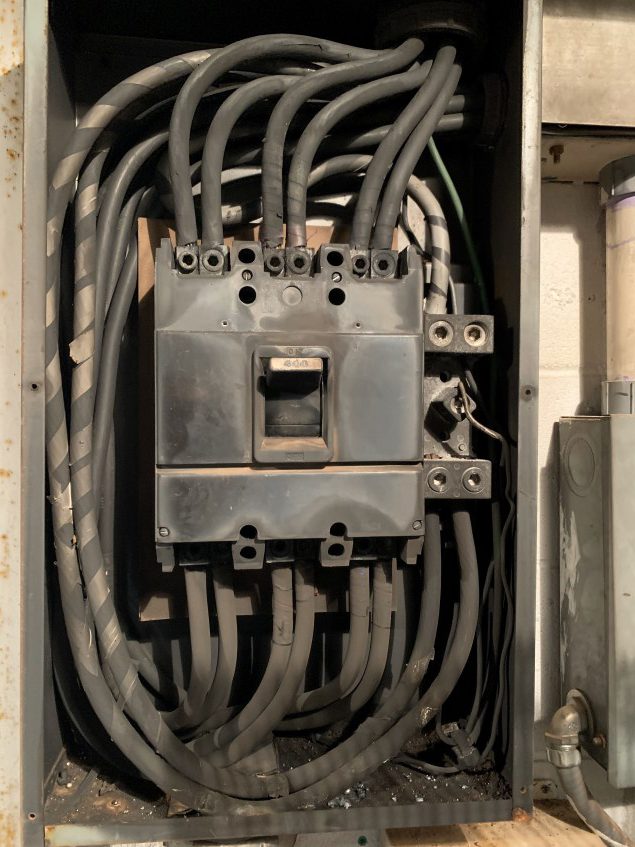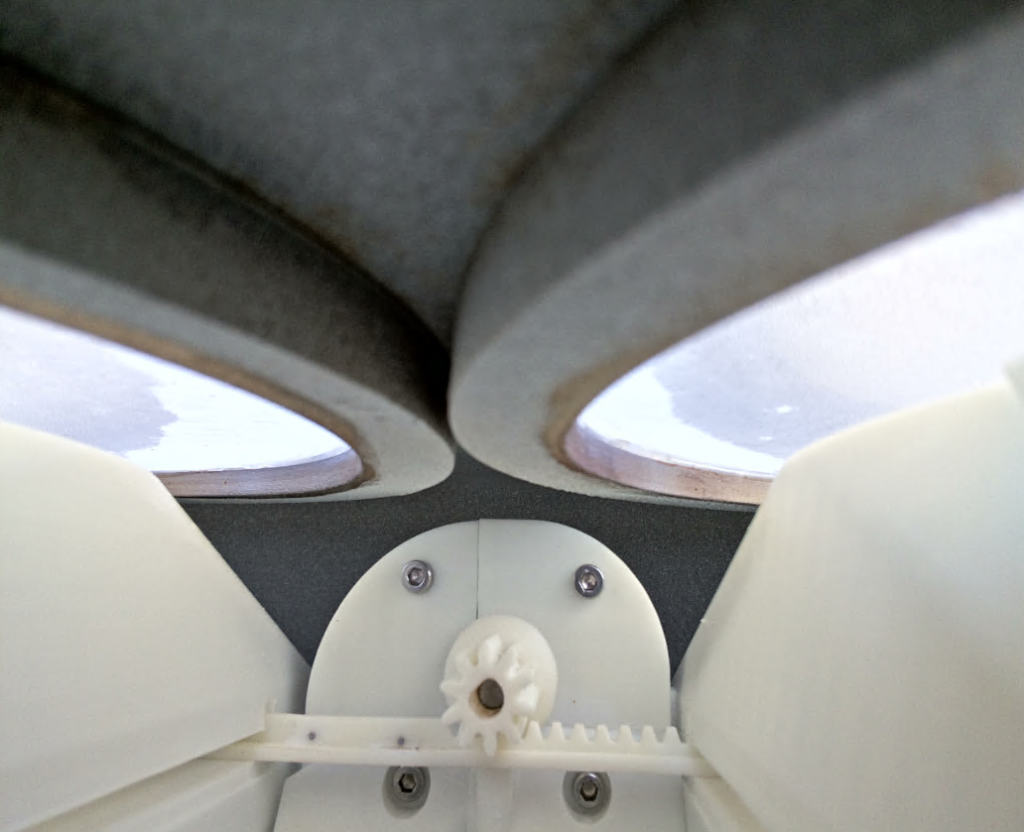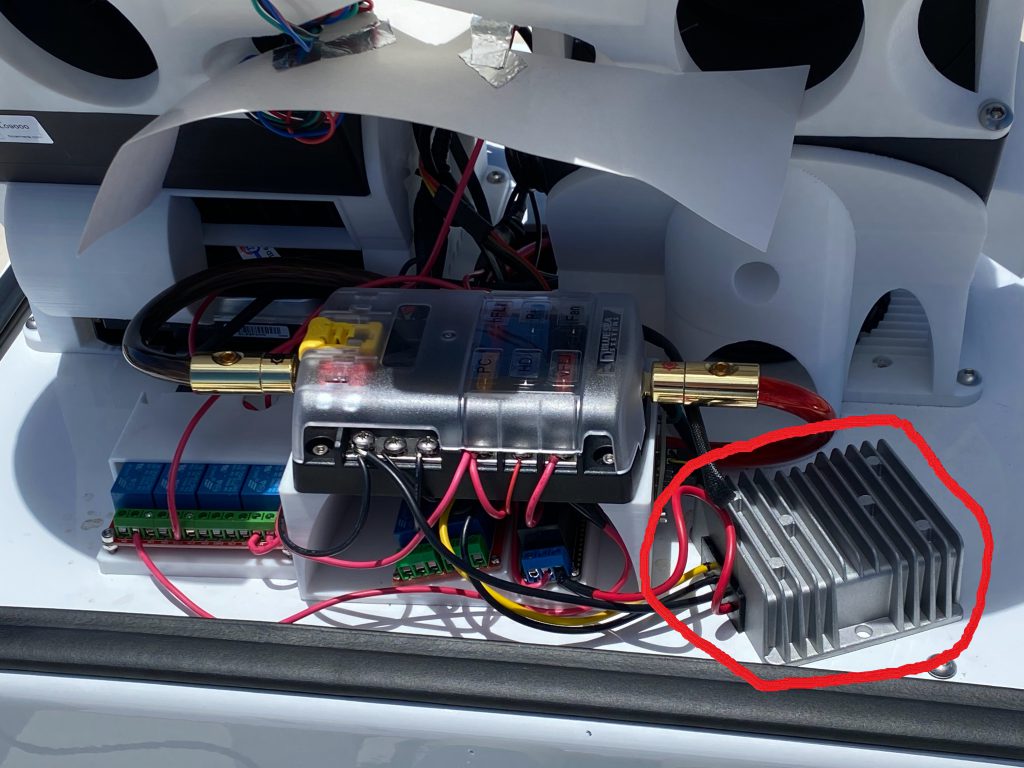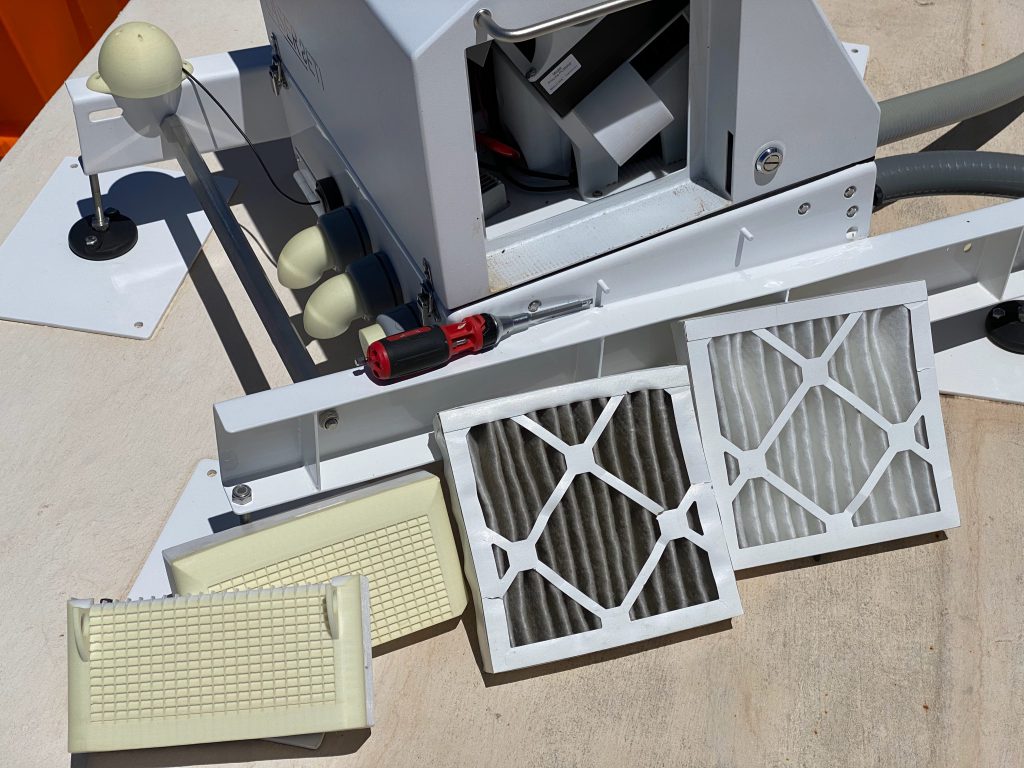Maui Back From Vacation
Every year, now for the past 3 years, there’s a giant wind/ice storm that knocks power and connectivity out at the summit of Haleakala. This year, it started over a week ago, and we’ve just regained connectivity to the instruments. Hooray!
Fingers crossed we’re done for this year and that the infrastructure improvements they’re doing make next year even shorter or a non-event.

We were actually observing when the power went out, but our multiple levels of safeguards obviously did their job. As you can see, the cameras are in fine working order.
It sure would be nice if the moon weren’t so bright, though! Even outside of the field of view, the two bright semi-circles in the bottom half of the images are scattered light from it.













